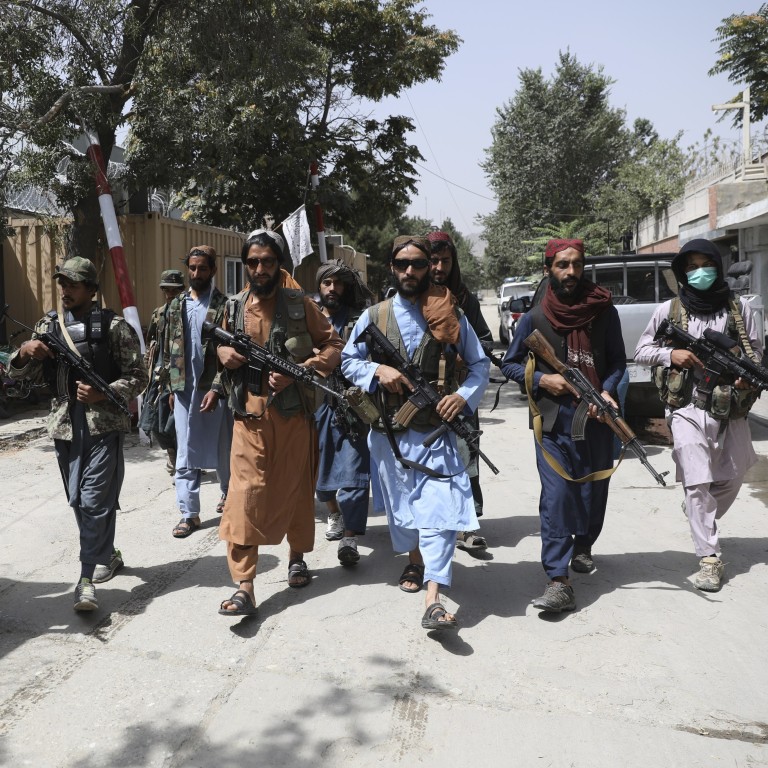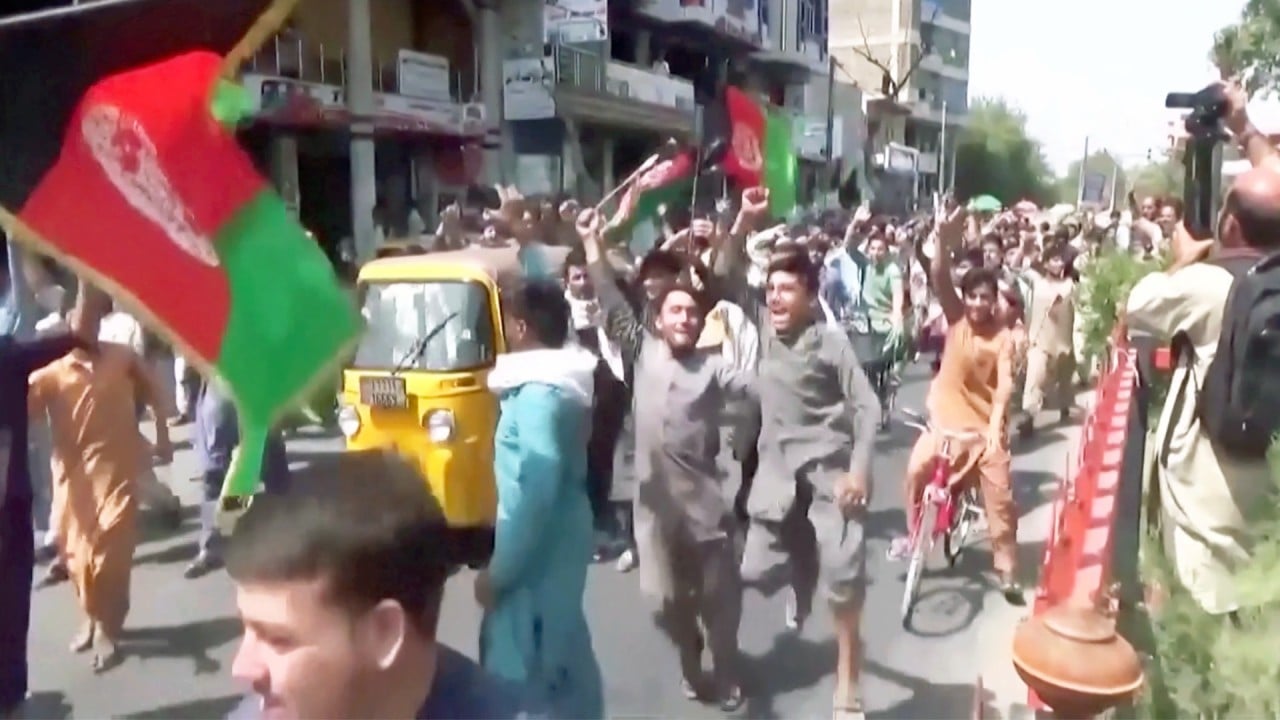
Can China foster stability amid the Afghanistan catastrophe?
- China’s Belt and Road Initiative is aimed at stabilising and improving living standards for the poor and marginalised countries of Central Asia
- Out of the ashes, China’s efforts to build connections and economies through infrastructure can perhaps find new relevance
As the world watches aghast at America’s scramble to exit Afghanistan, leaving Afghans to an uncertain fate at the mercy of a historically brutal Taliban government, the rueful consensus among some foreign policy analysts is that there will be celebrations in Beijing and Moscow.
Pakistan’s challenges might be direct and immediate, but it is far from alone. With about 1.8 billion Muslims worldwide, many now fear the worst – and we are not just talking about countries such as Iran, Iraq, Syria or Turkey.
Whether it is Bangladesh, Malaysia, Indonesia or African states such as Somalia, Tunisia or Sudan, the expectation is of a surge in radical Islam and of potential terror threats from widely scattered fundamentalist jihadi movements.
The United States and the Nato forces it brought into Afghanistan had no natural or geographical links or interests in the region except for the imperative to exterminate radical Islamist movements that were, after the destruction of the World Trade Centre in New York, bent on taking jihad to the world.
However, countries such as China, Russia and India were acutely aware of that huge space separating South and East Asia from Europe and the Mediterranean.
Few in the West could identify Kazakhstan on a map, even though it is almost as big as India in terms of square kilometres. Even fewer would know it has a population of just 18.8 million people, compared to India’s 1.3 billion.
Few would know that the other “stans” – Turkmenistan, Tajikistan, Uzbekistan, Kyrgyzstan and Afghanistan – are such small economies that, combined, they are smaller than Kazakhstan.
Afghanistan has been conspicuously absent from this investment flow, though a fascinating study by Germany’s Friedrich Ebert Foundation has identified huge potential for a country it regards as “the heart of Asia”.
This involves a huge leap of faith on Beijing’s part. Expecting a highly fragmented Taliban, in particular its on-the-ground leadership across Afghanistan’s wild and remote corners, to break bonds with jihadi groups that for decades have been brothers in arms must take a significant dose of wishful thinking.
But looking on in horror at the past week’s developments in Afghanistan, maybe wishful thinking is the only option we have. The balance of power in Central Asia has seismically shifted, and short-term turmoil is inevitable. But, out of the ashes, perhaps China and its Belt and Road Initiative may have new-found relevance.
David Dodwell researches and writes about global, regional and Hong Kong challenges from a Hong Kong point of view




